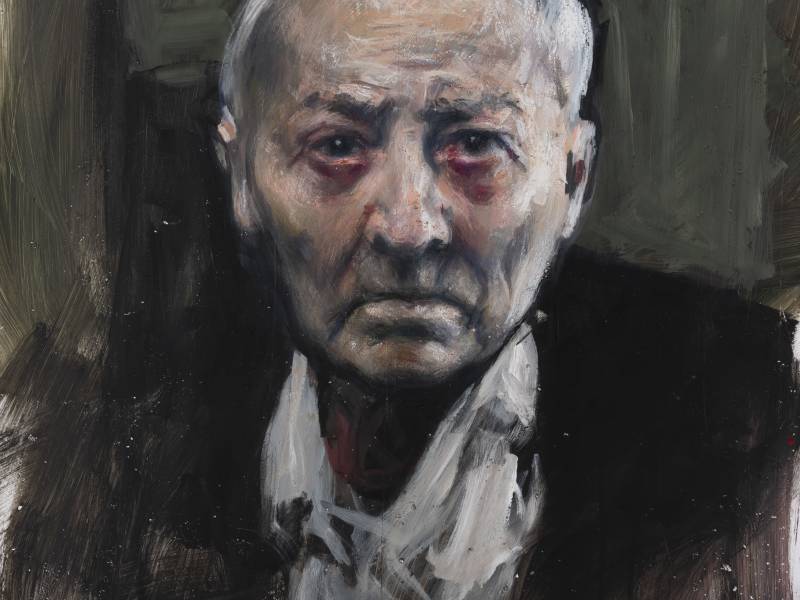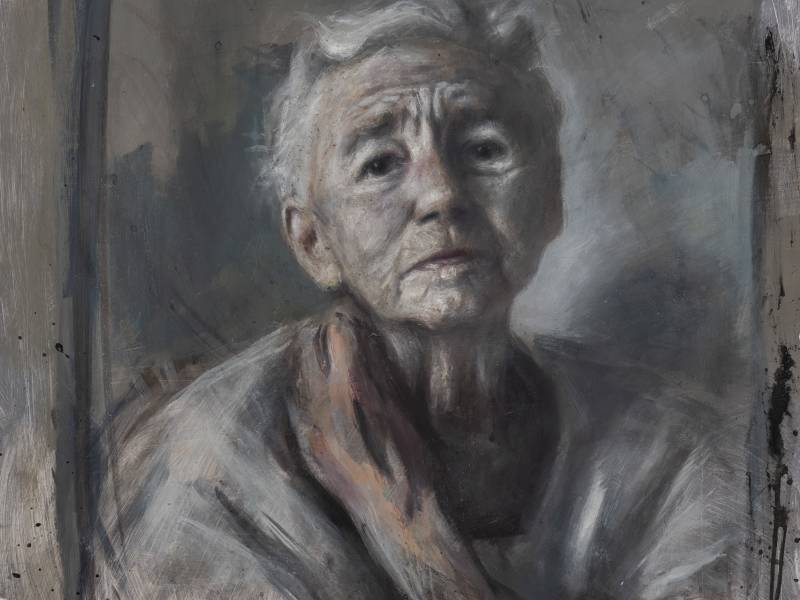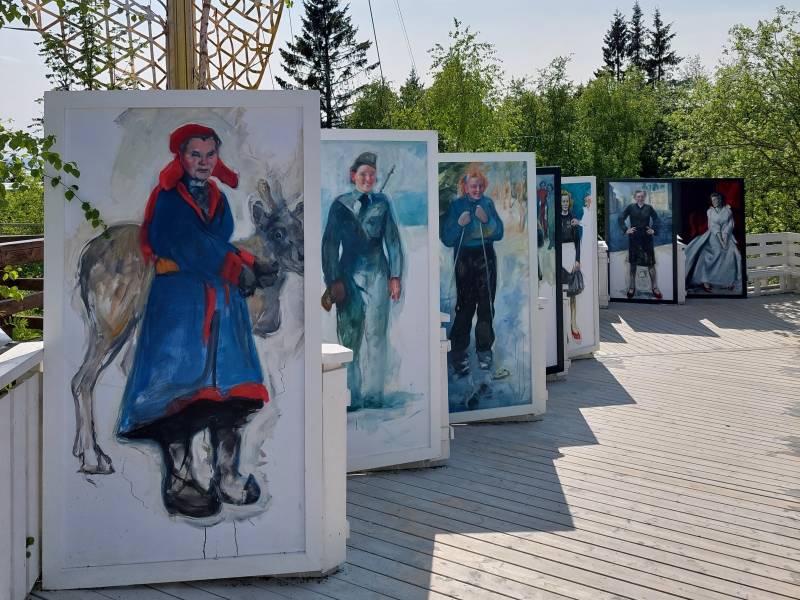The voices of humanism
Did you know that the ideas of human rights and natural law – that all people are born free - originated in ancient Greece nearly 2,500 years ago?
These thoughts from ancient philosophers later inspired the French Revolution as well as the American Declaration of Independence, and laid the groundwork for the development of the modern democracy we have today.
The lightening gate, through which we have passed, marks the entrance to the Greek Golden Age and antiquity.
We will walk along a spiral path called the "Frozen River of Time," which connects us to the past and future. Here, we will see several vases displaying quotes from ancient philosophers, while also witnessing a stark contrast to the paintings depicting events during World War II. How far we were from these fundamental ideas over 2000 years after they were conceived is alarming. The vases are decorated with potsherds, which were used as ballots in elections in ancient Greece.
The Greeks were also deeply interested in mathematics and geometry. Geometry is like music, a universal language that speaks to all. The artist behind these figures, Eimund Sand, explains that there is no Greek, American, or Russian cube, there is only one cube. Geometry also embodies values that we recognize in a well-functioning democracy. It is balanced and in equilibrium, transparent and clear, and constantly evolving.
The geometric figures evolve throughout the spiral path, becoming more and more intricate, yet they remain in balance, equilibrium, and transparency, just as democracy should be.
Audio guides available in:Deutsch , English (British), Norsk bokmål




































